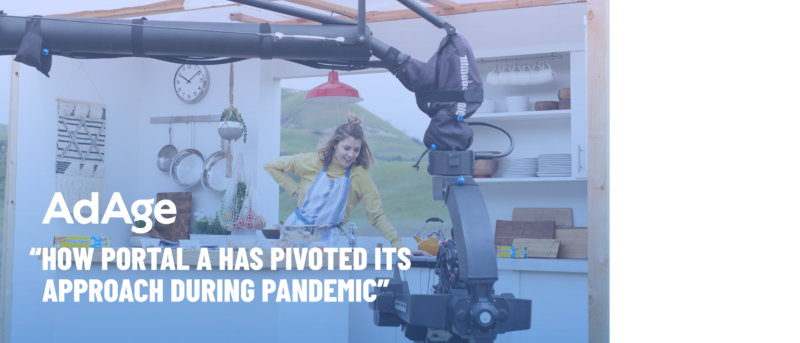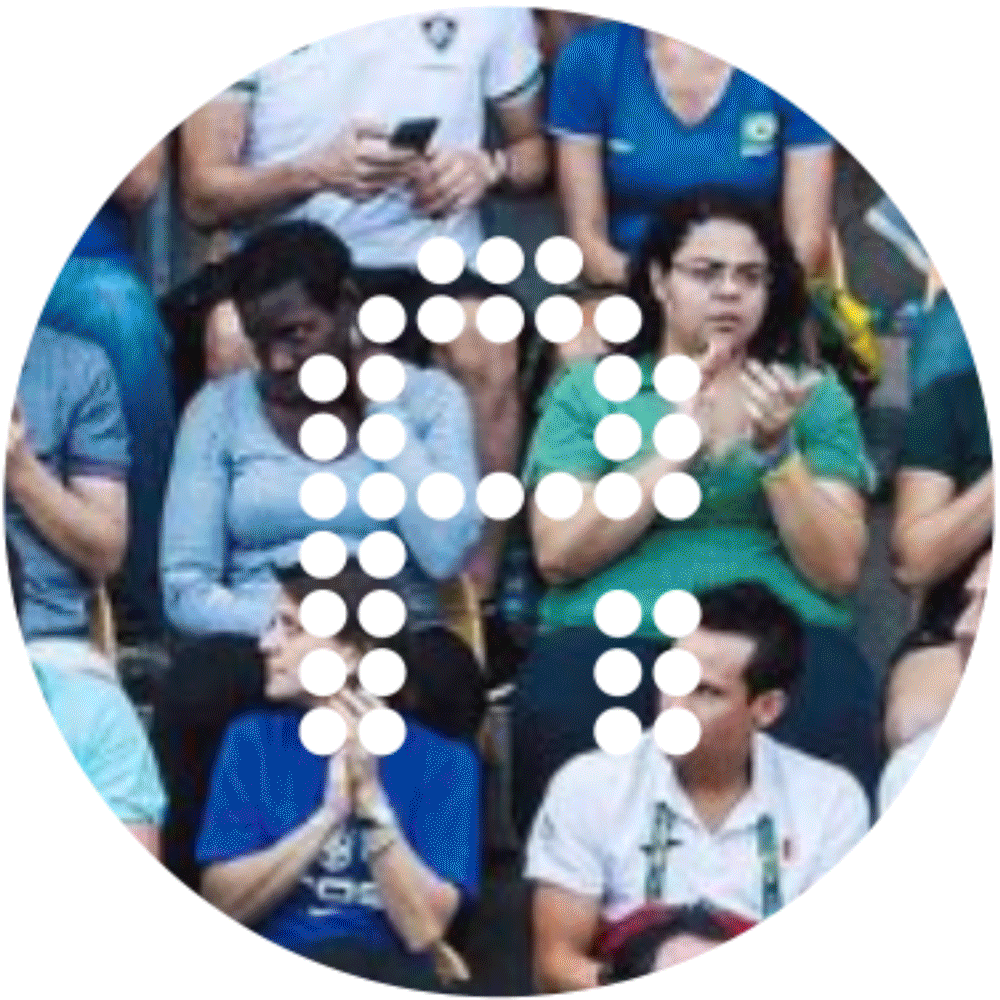
“Advertising in the age of social distancing.” “Remote production with an emphasis on quality.”
These are the capabilities agencies including Portal A, Tool of North America and EP+Co are pitching clients as they pivot their business offerings to adapt to the coronavirus pandemic, which has halted most traditional advertising and caused a strain on shops.
Portal A, for example, has been pitching a new deck (above) to existing and potential clients that focuses on the work it can do right now as its team works remotely: creative direction, content strategy, data and reporting, content production, brand management and design and post production. The deck boasts a “proven track record of creating premium content without all the typical bell and whistles of traditional production,” noting how Portal A’s producers can “scale down” their approach through remote production capabilities “while maintaining full creative and editorial control.”
Portal A, a content agency in San Francisco and Los Angeles, works with brands including Clorox and Google as well as “talent Partners” like NBA stars Carmelo Anthony and Stephen Curry. According to the pitch deck, Portal A recently produced a livestream event for Curry on Instagram and YouTube that aimed to educate the public on COVID-19 and included a Q&A session with Dr. Anthony Fauci. “With remote production and top talent partners, we’re able to program in real-time and engage with millions of fans around the world,” the deck says.
“Our intention was not necessarily to drum up new business,” says Zach Blume, cofounder and managing partner at Portal A, explaining the shop’s business pivot. “It was more to show that there are ways to continue creating the work. It’s mostly been about opening a dialogue and getting a conversation started.”
Blume says Portal A has always been a “hybrid content agency and production company” that worked both in traditional production and talent creator content (like the Curry livestream).
Previously, he said Portal A’s business was only about 15 percent to 20 percent comprised of producing content for talent on their social feeds, while the rest was in traditional creative. For the foreseeable future, Blume says talent creator content will make up 100 percent of the business. “There was a moment where we thought there might still be opportunities to keep producing traditionally but, at this point, any production on set is not happening especially in the Bay Area or Los Angeles,” he says.
Brian Dolan, CEO of WorkReduce, a company that works across agencies and all five holding companies to help them staff up and execute certain internal and external projects, says “there is a tremendous amount of uncertainty” at agencies right now and the industry is “only just beginning to see the impacts” of the current pandemic. Dolan says one of his agency clients who he declined to name recently lost 85 percent of its revenue “overnight. When you’re down that far, there’s not much you can do,” he adds.
Dolan says the “folks who already work in a fairly virtual fashion” will be the ones who emerge from the crisis “relatively unaffected. The ones who don’t are running into more challenges,” he notes. Dolan says WorkReduce is advising agencies to “go simple on their plans in order to be flexible.”
“Right now everyone is just trying to figure out their action plans,” Dolan says.
For its efforts, Tool revamped its website to promote its recent business pivot, which it is calling “advertising in the age of social distancing,” according to Dustin Callif, agency president.
Tool’s website takeover is promoting similar capabilities as Portal A: “interactive live streaming, interactive data viz, dynamic videos, influencer partnerships, production solutions.” The site suggests clients lean into “social good messaging” or animated spots while traditional commercial shoots are unable to be carried out. Callif says the agency’s business is now 80 percent in producing web executions and other forms of digital content while, “prior to the pandemic,” those capabilities “took up about 20 percent of our business makeup.”
“We’ve supported our clients through the dot-com bubble burst of the 1980s, the tragic events of September 11, the financial crisis and housing market crash of 2008, but we’ve never been faced with an event which required an 80 percent pivot in what we offer,” Callif says. He says the shop has been digging into archives to “share some of our favorite case studies around interactive livestreaming, dynamic videos and data viz to provide our clients and the industry some much-needed thought starters as everyone is looking at each for answers.”
Callif says the “results have been promising” with new digital projects underway.
EP+Co meanwhile launched a new virtual production model called “CoVillage.” The video production platform gives clients full access to control any scale production from wherever they’re located, according to the agency, which notes that the virtual interaction enables retakes, shot list changes and live direction from clients without requiring them to be physically present.
“This idea is one that we’ve actually been playing around with for a while,” says Con Williamson, EP+Co president and chief creative officer. “Every time we had a shoot with our clients we’d ask ourselves if it was really necessary to have that many people on set … Now is the time to innovate and adapt to this new way of business, so for us it was a no-brainer to offer a solution that keeps the wheels rollin’ as ‘normal’ and the kick-ass work coming.”

